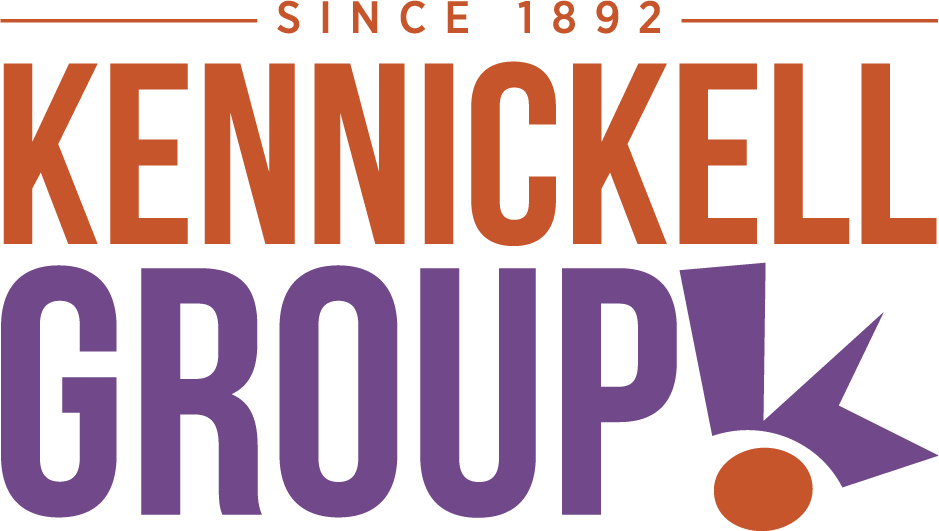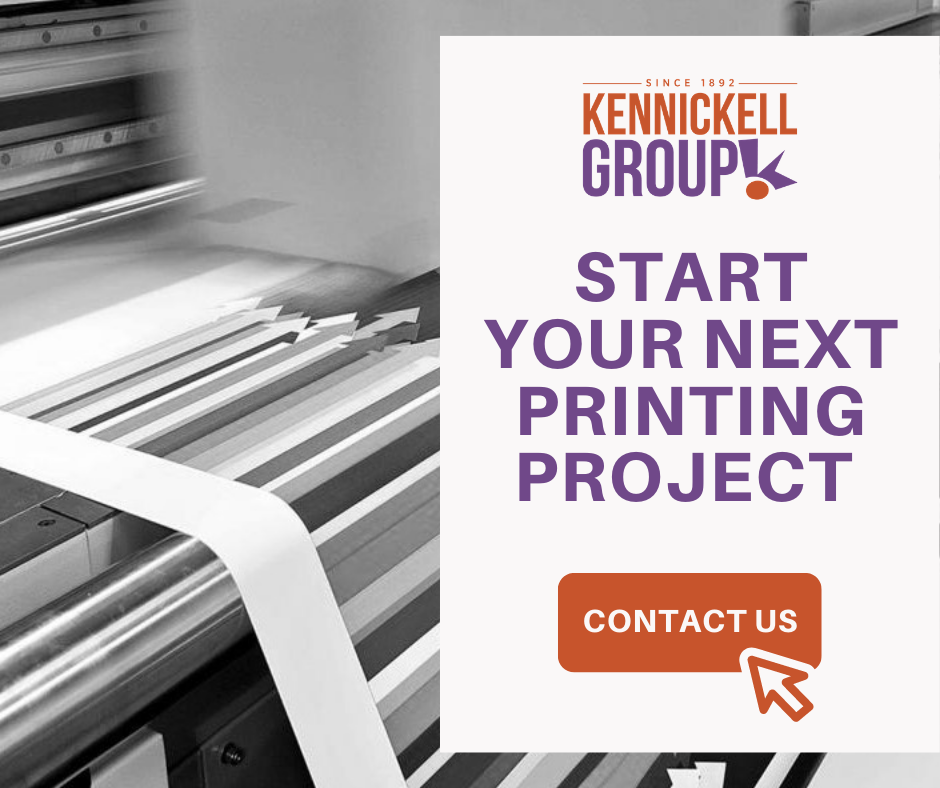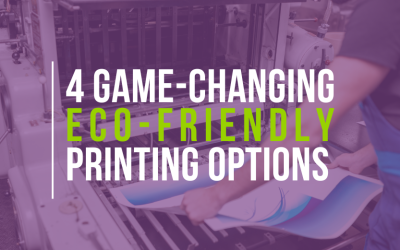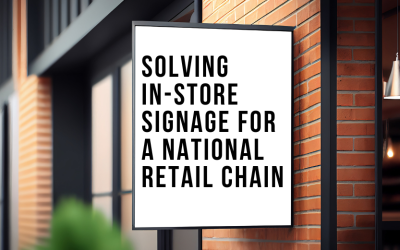When it comes to printing your marketing materials—whether it’s business cards, brochures, or posters—choosing the right printing method can feel daunting. The two main contenders are digital printing and offset printing. Each offers unique benefits depending on your project’s scope, timeline, and budget. In this blog, we’ll explore the key differences between digital vs. offset printing so you can choose the best option for your project needs and budget.
What is Offset Printing?
Offset printing, or lithography, is the go-to method for large-scale, professional-quality print jobs. It uses plates to transfer ink onto a rubber cylinder, which then “offsets” the ink onto paper or another material. This process results in crisp, high-resolution images and consistent color reproduction, making it ideal for projects like magazines, newspapers, or large runs of marketing materials.
How Offset Printing Works
Offset printing involves a multi-step process. First, digital files are separated by color, and each color is etched onto a corresponding aluminum plate. These plates are mounted onto rollers, where ink is transferred onto a rubber cylinder. Paper or another material is then pressed against this cylinder, transferring the ink to create the final image. Finally, the paper undergoes a drying process to ensure the ink sets smoothly, producing a high-quality print with sharp colors and crisp detail.
Advantages & Downfalls of Offset Printing
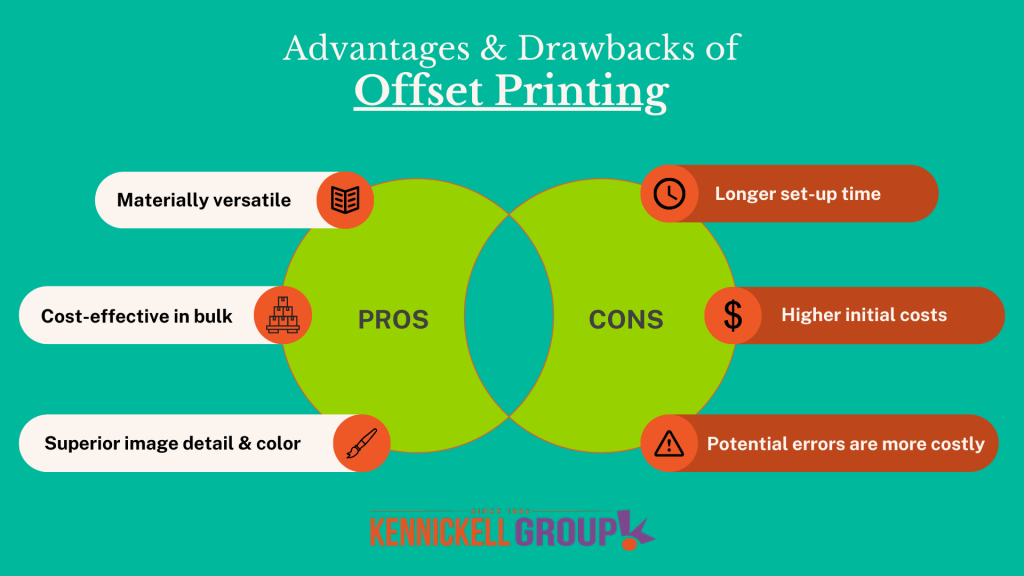
Offset printing delivers superior image quality and vibrant color fidelity, making it ideal for high-end and large-scale projects. It becomes more cost-effective the more you print, and can handle a variety of materials, from standard paper to thick cardstocks and specialty finishes. However, it requires longer setup times and higher initial costs, making it less ideal for smaller runs. Additionally, errors during setup or pressing can result in large quantities of unusable materials, adding risk to the process.
Offset printing is your best bet when you’re working on larger projects that require impeccable quality and a consistent look across many pieces. It’s especially well-suited for corporate collateral, large marketing campaigns, or any project where vibrant, accurate colors are crucial.
What is Digital Printing?
On the other hand, digital printing is faster, more flexible, and generally more cost-effective for short runs. It uses digital files (like PDFs) that are sent directly to the printer, bypassing the need for plates. Think of it like your office printer on steroids—perfect for quickly producing high-quality prints on demand.
How Digital Printing Works
In digital printing, files are sent directly to the printer without the need for plates or extensive setup. Toner or ink is applied directly onto the chosen material, whether it’s paper, cardstock, or another substrate. The process is fast, allowing for almost immediate production of the final product, depending on how long it takes to dry. This makes digital printing ideal for quick, smaller jobs that need fast turnaround times.
Advantages & Downfalls of Offset Printing
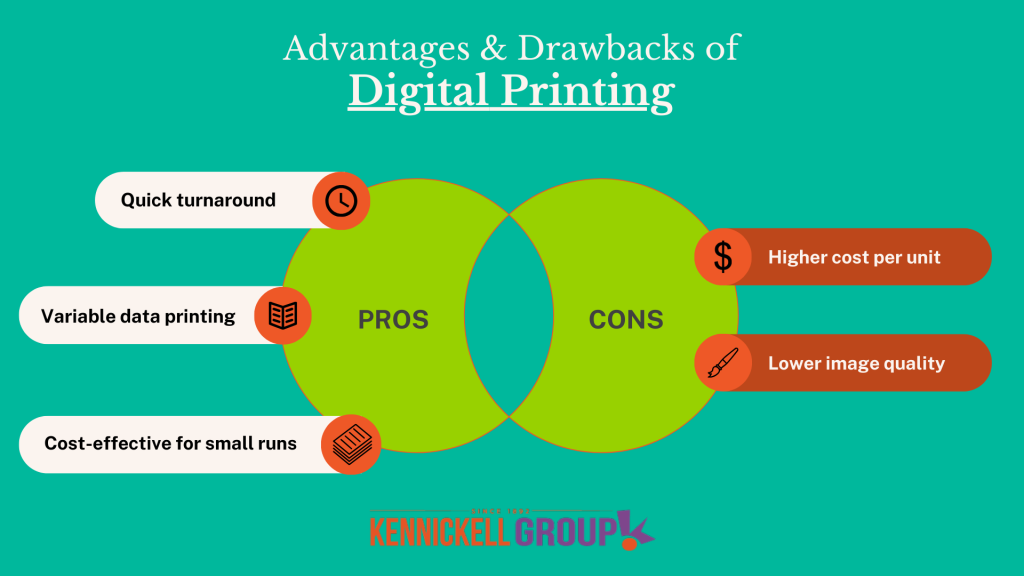
Digital printing offers several advantages, including quick turnaround times since there’s no extensive setup involved, making it ideal for small print runs. It is cost-effective for shorter jobs as it eliminates the need for upfront plate costs and allows for printing on various materials like paper, cardstock, and fabric. Additionally, variable data printing enables easy customization of each piece, perfect for personalized marketing. However, digital printing can be less economical for large runs and may not achieve the same sharpness and detail as offset printing.
Digital printing is ideal for projects that require a fast turnaround, personalized content, or smaller print quantities. If you’re producing a limited number of pamphlets, postcards, or event materials, this method is typically more practical.
Digital vs. Offset Printing: Which is Best for You?
Choosing between offset and digital printing boils down to two main factors: quantity and timing.
If you need high-volume prints with superior image quality and color accuracy, offset printing is the way to go. It’s cost-effective for larger jobs, and the setup cost is spread out over more units, reducing the cost per piece.
For smaller runs or tight deadlines, digital printing is the better choice. The lack of setup time and flexibility in materials make it perfect for smaller projects that need to be printed quickly.
Consider your project’s needs and timeline, and weigh the benefits of each method. For ongoing marketing campaigns or corporate printing needs, it might make sense to use both methods depending on the situation.
Choose Kennickell for Your Printing Needs
At The Kennickell Group, we specialize in both offset and digital printing, offering high-quality, fast, and reliable solutions for all your marketing material needs. Whether you need a large quantity of brochures with impeccable color accuracy or a quick run of personalized postcards, our expert team will guide you in choosing the right method for your project. Contact us today to get started and take your marketing materials to the next level!
Check out our other recent blogs:
4 Game-Changing Eco-Friendly Printing Options
Here are some of the most effective eco-friendly printing choices, from alternative paper & inks to improved printing methods.
Solving In-Store Signage for a National Retail Chain
Our client, a large national retail chain with over 1,000 stores across the United States, requires customized in-store signage solutions.
Elevating Luxury Branding for a High-End Marine Manufacturer
A premier manufacturer of marine stabilization systems needed a print partner capable of producing marketing materials that reflected the elegance and precision of their high-end products.


